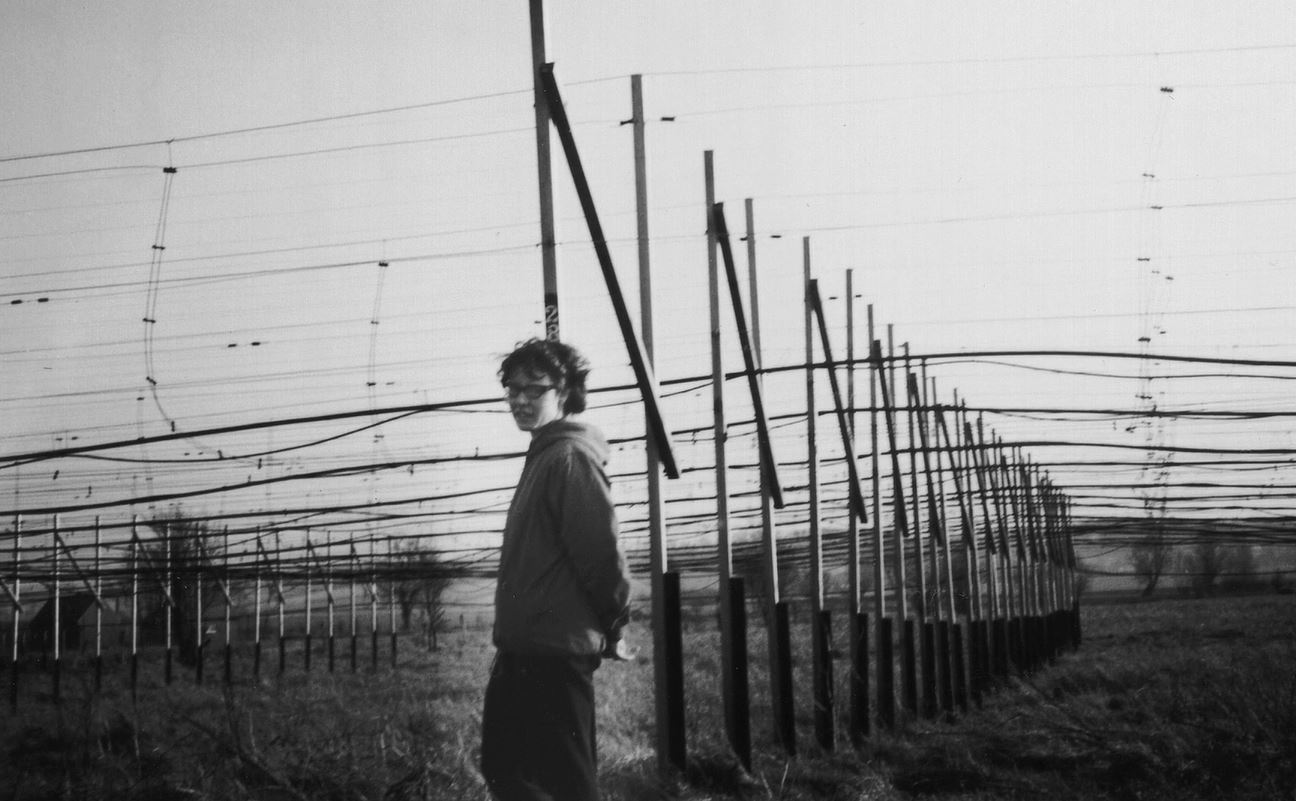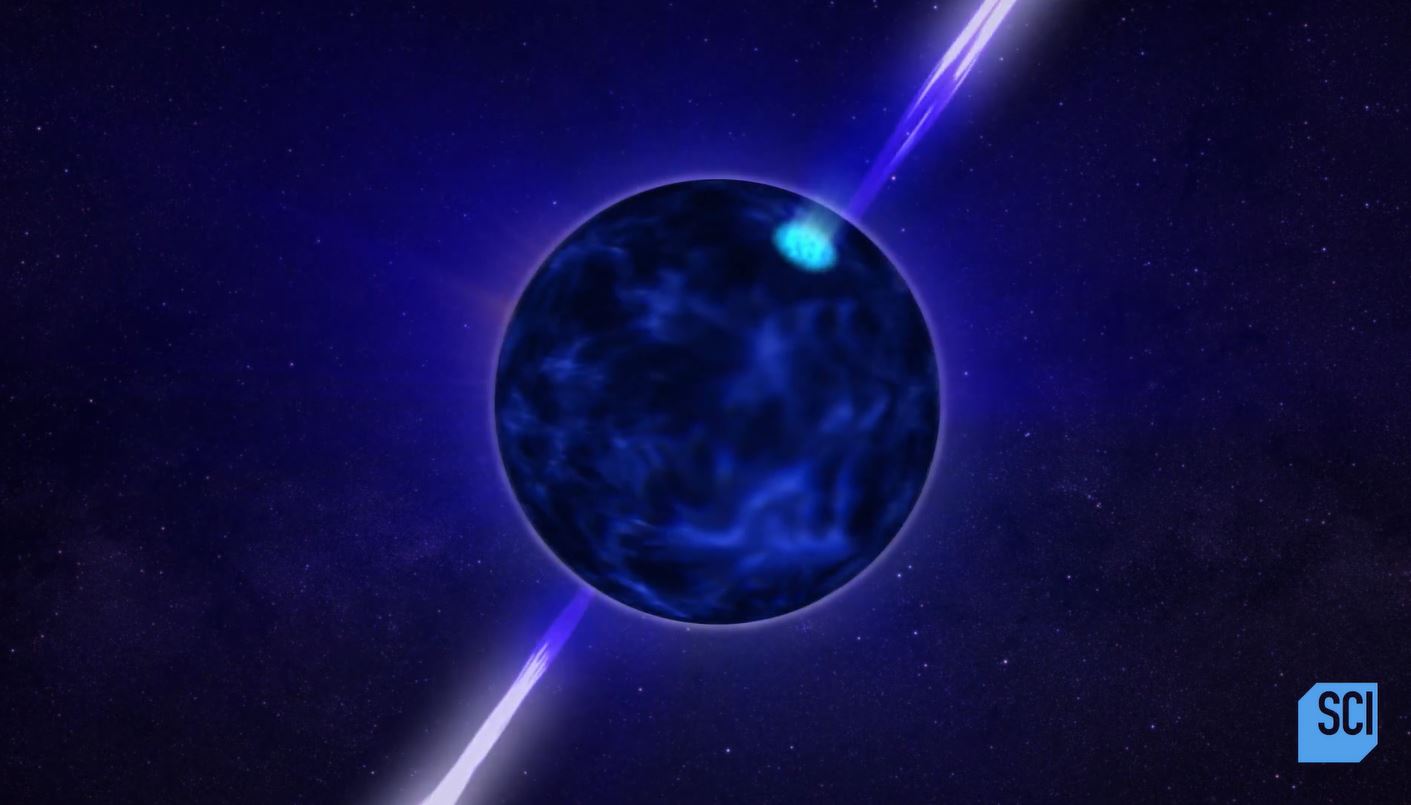The Sounds of Pulsars: Jocelyn Bell Burnell Looks Back on Her Incredible Find in New Video Clip
It reverberated across space.
The segment is a deleted scene from the new documentary "Einstein and Hawking: Unlocking The Universe," which premiered Sunday (March 10) on the Science Channel. It will air again March 14, on the one-year anniversary of Stephen Hawking's death at 76 (which, coincidentally, is also Albert Einstein's birthday.)
Much of the theoretical work they produced focused on the physics of extremely massive structures, like black holes. Astronomers believe there are millions of them scattered across the universe drawing in material that cannot escape their grasps.
Related: This Incredible Blinking Star Is the Youngest Pulsar We've Ever Seen

The newly released video gives a brief and illuminating introduction to another key figure of 20th-century astrophysics.
As a graduate student in the 1960s, Bell Burnell worked on constructing a large network of cables and poles, called a dipole array, that eventually detected the first of another type of superdense, highly dramatic celestial object: pulsars.
Bell Burnell looked at the waves her instruments picked up, and in 1967, she found a repetitive signal coming from space. There was a pulse coming in every 1.3 seconds. It seemed too fast to be anything like a star. Bell had made the first pulsar discovery.

Imagine standing in a dark bowling alley. Someone rolls a ball that has two flashlights sticking out at either end. Well, the radio signal is like the light, which appears to blink because the radiation beams are off-kilter with relation to the pulsar's rotational axis.
Get the Space.com Newsletter
Breaking space news, the latest updates on rocket launches, skywatching events and more!
Pulsars are a type of neutron star, which form when stars several times the size of the sun run out of fuel and subsequently collapse in on themselves. Neutron stars are extremely dense and as small as a city in diameter.
Pulsars spin at highly regular rates, and some rotate so fast that they're called millisecond pulsars. The fastest known pulsar is capable of spinning over 700 times a second.
This video is coming out months after Bell Burnell received a Special Breakthrough Prize in Fundamental Physics, awarded to her over 50 years after her important discovery.
- Hear 'Black Widow' Pulsar's Song As It Destroys Companion
- Know Your Novas: Star Explosions Explained (Infographic)
- In Images: The Amazing Discovery of a Neutron-Star Crash, Gravitational Waves & More
Follow Doris Elin Salazar on Twitter @salazar_elin. Follow us on Twitter @Spacedotcom and on Facebook.
Join our Space Forums to keep talking space on the latest missions, night sky and more! And if you have a news tip, correction or comment, let us know at: community@space.com.

Doris is a science journalist and Space.com contributor. She received a B.A. in Sociology and Communications at Fordham University in New York City. Her first work was published in collaboration with London Mining Network, where her love of science writing was born. Her passion for astronomy started as a kid when she helped her sister build a model solar system in the Bronx. She got her first shot at astronomy writing as a Space.com editorial intern and continues to write about all things cosmic for the website. Doris has also written about microscopic plant life for Scientific American’s website and about whale calls for their print magazine. She has also written about ancient humans for Inverse, with stories ranging from how to recreate Pompeii’s cuisine to how to map the Polynesian expansion through genomics. She currently shares her home with two rabbits. Follow her on twitter at @salazar_elin.









